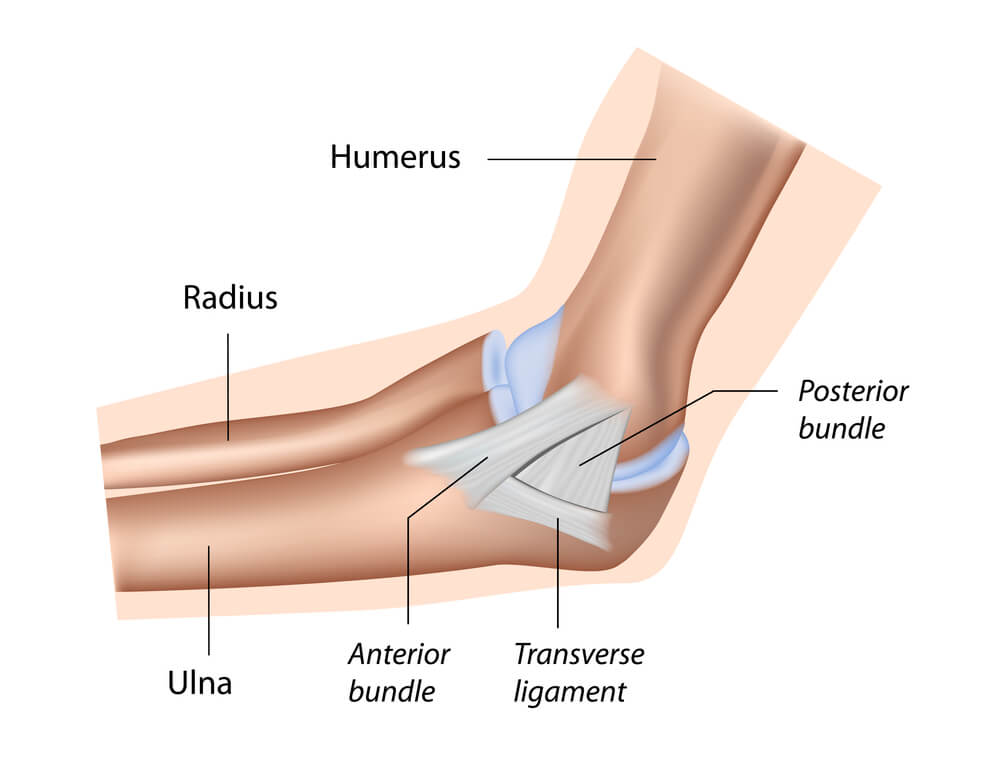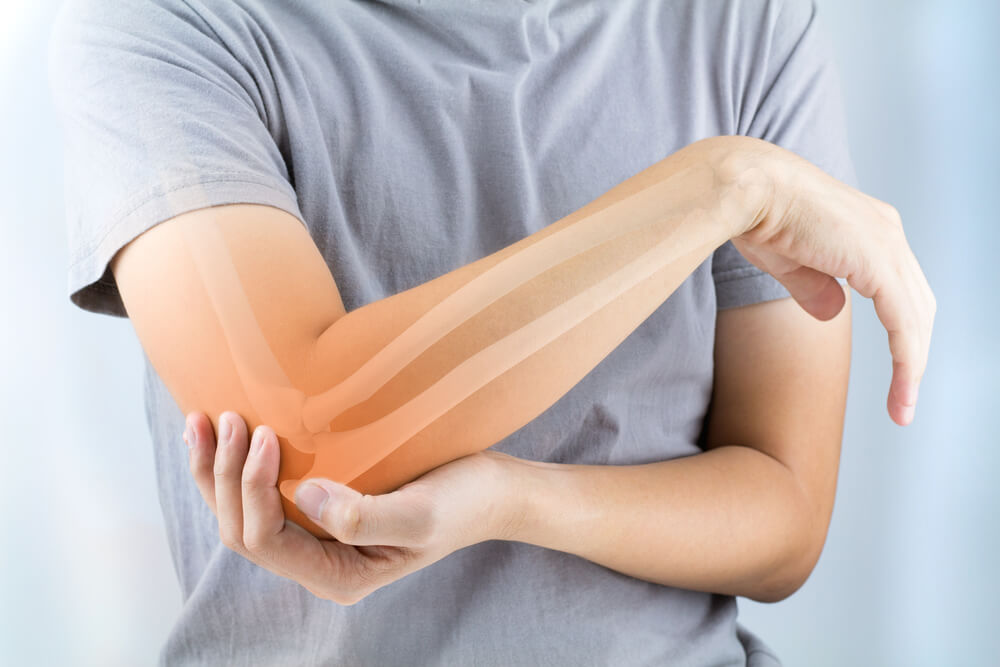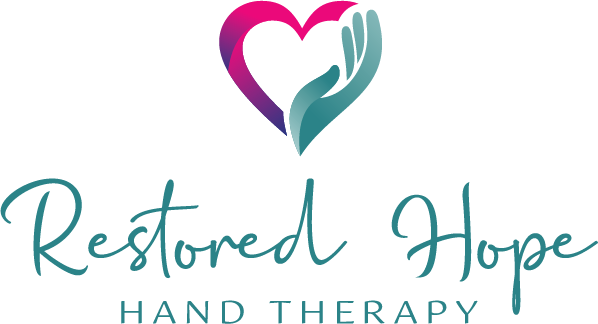Ulnar Collateral Ligament Injuries
Home » Treatment » Arm & Elbow » Ulnar Collateral Ligament Injuries
Understanding UCL Injuries
The ulnar collateral ligament (UCL) is a crucial structure in the elbow joint, playing a significant role in stabilizing and supporting the joint during various activities. The UCL is especially critical for athletes engaged in baseball, softball, javelin throwing, and other overhead sports where stress on the elbow is significant.
If you have a question about whether your condition should be treated by one of our hand therapists, call Restored Hope Hand Therapy at (928) 275-2201.
Anatomy & Function
The elbow is commonly known as a hinge joint since it bends and straightens up similar to a hinge. Within the elbow are several ligaments, which are soft tissues that bind the bones of the arm together. The elbow is comprised of the following bones and ligaments:
- Humerus: The bone of the upper arm
- Ulna: The larger bone of the forearm located on the opposite side of the thumb
- Radius: The smaller bone of the forearm located on the same side as the thumb
- Lateral Collateral Ligament: The ligament located on the outside of the elbow
- Ulnar Collateral Ligament (UCL): The ligament that is located on the side of the elbow that aligns with the body. Triangular is shape, the UCL is also known as medial collateral ligament. The UCL also has a posterior bundle, an anterior bundle, and a transverse ligament.
The lateral collateral ligament and ulnar collateral ligament connect with the humerus and the ulna and allow for movement and fluid motion throughout the elbow.
Its primary function is to prevent excessive lateral movement of the joint, providing stability during activities that involve repetitive throwing motions.

Causes & Symptoms
UCL injuries typically result from repetitive stress on the ligament, particularly during the acceleration phase of overhead throwing. This constant stress can lead to microscopic tears and, over time, weaken the ligament. Acute injuries may also occur due to a sudden and forceful trauma, such as a fall or direct impact to the elbow.
Symptoms of an injured ulnar collateral ligament will depend on the severity of the case, but general indicators include:
- Pain and tenderness along the elbow and arm
- Soreness in the elbow joint
- Swelling of the joint
- Tingling or numbness throughout the inner elbow, fingers, and arm
- A sense of instability of the elbow
- The sense of laxity or looseness of the elbow
- Decreased ability to toss throw or catch an object
- Irritation of the “funny” bone
- Popping, cracking and grinding of the elbow
Diagnosis & Classification
Diagnosing a UCL injury involves a comprehensive evaluation by a healthcare professional, typically an orthopedic specialist. The physician will conduct a thorough physical examination, assessing the range of motion, stability, and strength of the elbow. Imaging studies, such as X-rays and magnetic resonance imaging (MRI), may be employed to visualize the extent of the injury and rule out other potential causes of elbow pain.
UCL injuries are often classified based on their severity.
- Grade I: Involve mild stretching or microscopic tearing of the ligament
- Grade II: Signify partial tearing
- Grade III: Are the most severe, involving a complete tear of the ligament

Treatment Options
The appropriate treatment depends on factors such as the severity of the injury, the athlete’s age, and their goals for returning to sports. Conservative approaches may include rest, ice, compression, and physical therapy to strengthen the surrounding muscles and improve joint stability. Non-surgical interventions may be effective for mild to moderate injuries.
For more severe cases, especially complete UCL tears, surgical intervention may be necessary. One common surgical procedure is Tommy John surgery, where the damaged ligament is replaced with a graft, often harvested from the patient’s forearm or hamstring. Following surgery, a structured rehabilitation program is crucial to ensure a safe and successful return to athletic activities.
Rehabilitation
Rehabilitation is a critical component of the recovery process for UCL injuries, whether treated conservatively or surgically. At Restored Hope Hand Therapy, we aim to restore strength, flexibility, and proprioception, helping patients regain optimal function in the affected elbow. The rehabilitation timeline can vary, but a gradual and structured approach is essential to prevent re-injury and promote long-term joint health.
Arm & Elbow Therapy Options
individualized-specific therapy programs to offer you the best possible results.
Arm & Elbow
- Capitellum Injuries
- Distal Biceps Tendon Injuries
- Elbow Dislocations
- Elbow Fractures
- Golfer's Elbow
- Ligament Sprains or Tears
- Little League Elbow Syndrome
- Olecranon (Elbow) Bursitis
- Osteoarthritis
- Radial Head Injuries
- Sprains & Strains
- Tendonitis
- Tennis Elbow
- Ulnar Collateral Ligament Injuries

